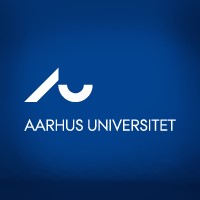
Aarhus Universitet
Aarhus Universitet blev grundlagt i 1928 og er i dag i den absolutte verdenselite på flere forskningsfelter. Aarhus Universitet (AU) er blandt verdens 10 bedste universiteter grundlagt inden for de seneste 100 år og har en lang tradition for partnerskaber med nogle af verdens bedste forskningsinstitutioner og universitetsnetværk. Gennem samarbejde med myndigheder og erhvervsliv har AU et stærkt engagement i samfundsudviklingen. AU har som mål at bidrage til at løse de globale og komplekse udfordringer, som verden står over for. Derfor tilstræber universitetet at forene forskernes høje faglighed med samarbejde på tværs af faggrænser for at kombinere forskning på nye måder. Det sker i tæt kontakt med verden omkring os og skaber grundlag for, at universitetet er internationalt konkurrencedygtigt inden for forskning, uddannelser, talentudvikling og videnudveksling.






